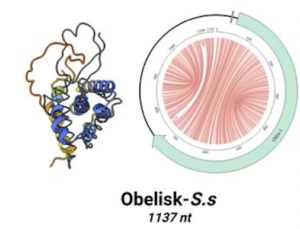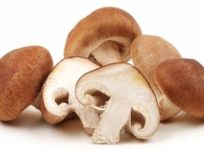In an effort to reduce dependence on antibiotic drugs, some poultry and pork farmers are turning to an age-old herbal ally: oregano.
Scott Sechler, owner of the increasingly popular Bell & Evans brand of antibiotic-free, organic poultry started incorporating large doses of oregano oil into the company’s all-vegetable chicken feed three years ago. He has found the herb effective in reducing the burden of bacterial disease. “I really do think we’re on to something here,” Mr. Sechler told the New York Times in a recent feature article.
Bell & Evans, based in Fredericksburg, PA, is not the only large-scale farm turning to oregano as an alternative to antibiotics. Country View Family Farms, a pork producer also visited by the Times, has been testing it in a cohort of 5,000 piglets, with the long-term goal of wider use if it proves effective.
Herbal medicine naysayers have challenged the idea that oregano could replace pharmaceuticals for livestock protection. But a study funded by Bayer comparing Ropadiar—a European version of the oregano feed formulation used at Bell & Evans—against four of Bayer’s products showed Ropadiar to be the most effective in controlling livestock infections.
Oregano has a long history of traditional use as a treatment for human GI and respiratory infections. Though there are no definitive clinical trials, there are a number of in vitro studies showing oregano oil to be bacteriostatic or bactericidal against a number of human pathogens, including Staphylococcus aureus.
Clearly, more research is needed on the potential of oregano—and possibly other herbs—for preventing infectious disease among livestock, and soon. The issue of antibiotic overuse in agriculture has become one of the most pressing and contentious public health issues.
Earlier this year, the FDA prohibited the agricultural use of cephalosporins and other human antibiotic drugs, part of a larger effort to preserve the efficacy of these agents in human medicine and avert the threat of multiply-resistant “superbugs.” Prophylactic use of antibiotics to protect livestock—which consumes more antibiotics by volume than any other use—is thought to be a major driver of resistance.
Last month, the Centers for Disease Control and many other public health groups and advocacy organizations issued a joint statement calling for “limiting the use of medically important human antibiotics in food animals
The New York Times article points out that consumers—at least those that are aware of the issue and have the money to do so—are willing to pay extra for antibiotic-free meats, as evidenced by the growth of companies like Bell & Evans, and the appearance of these options in chain restaurants.
Bell & Evans’ Mr. Sechler stressed that while he is convinced that oregano could play a broader role in controlling livestock infections, it will not be effective without other changes in how animals are raised and treated. Higher levels of sanitation, hygiene, nutrition and humane treatment are equally important in reducing animal pathogens and improving the quality of meat.
END







